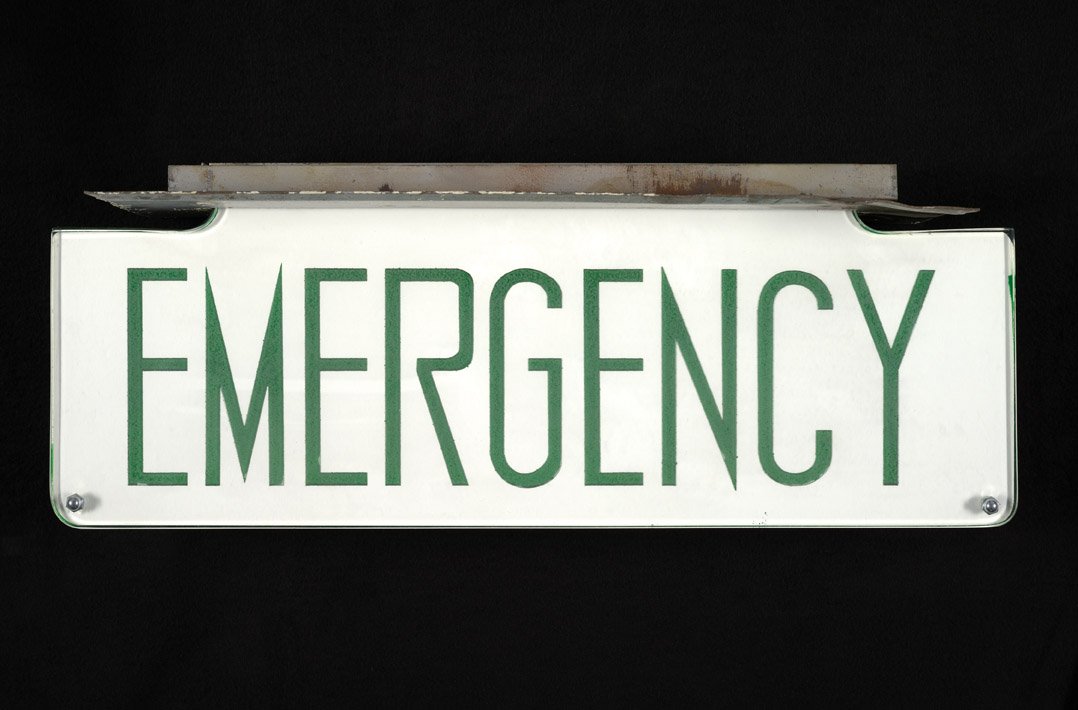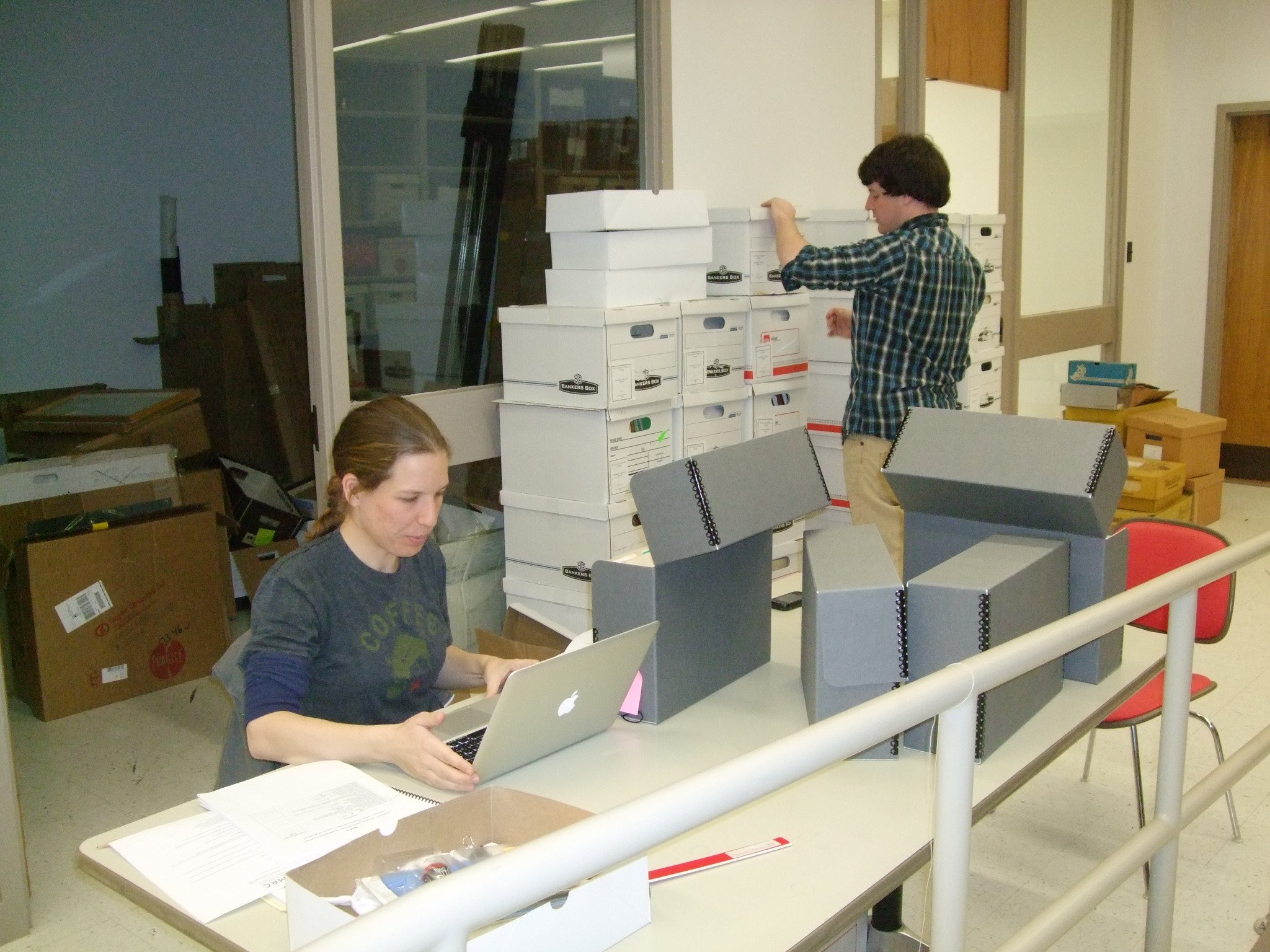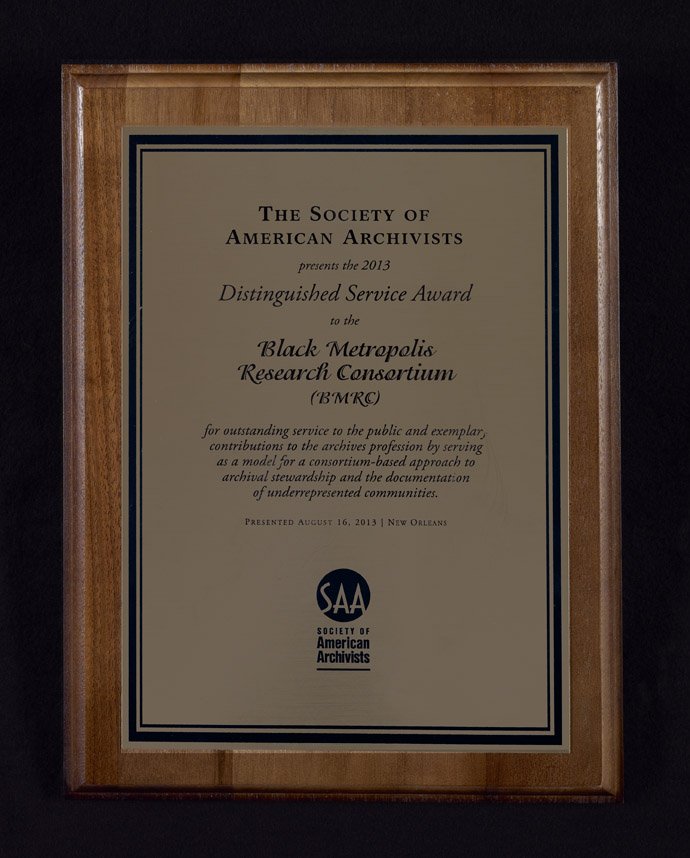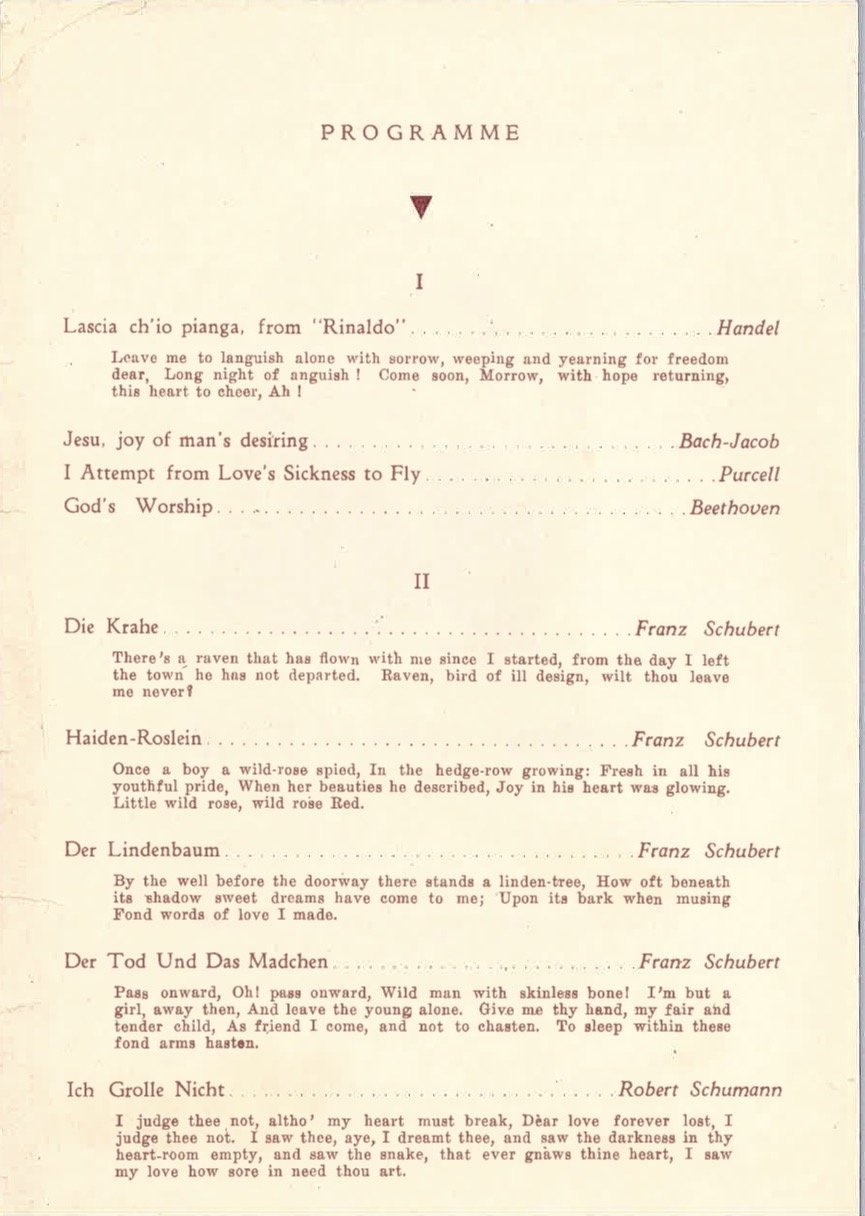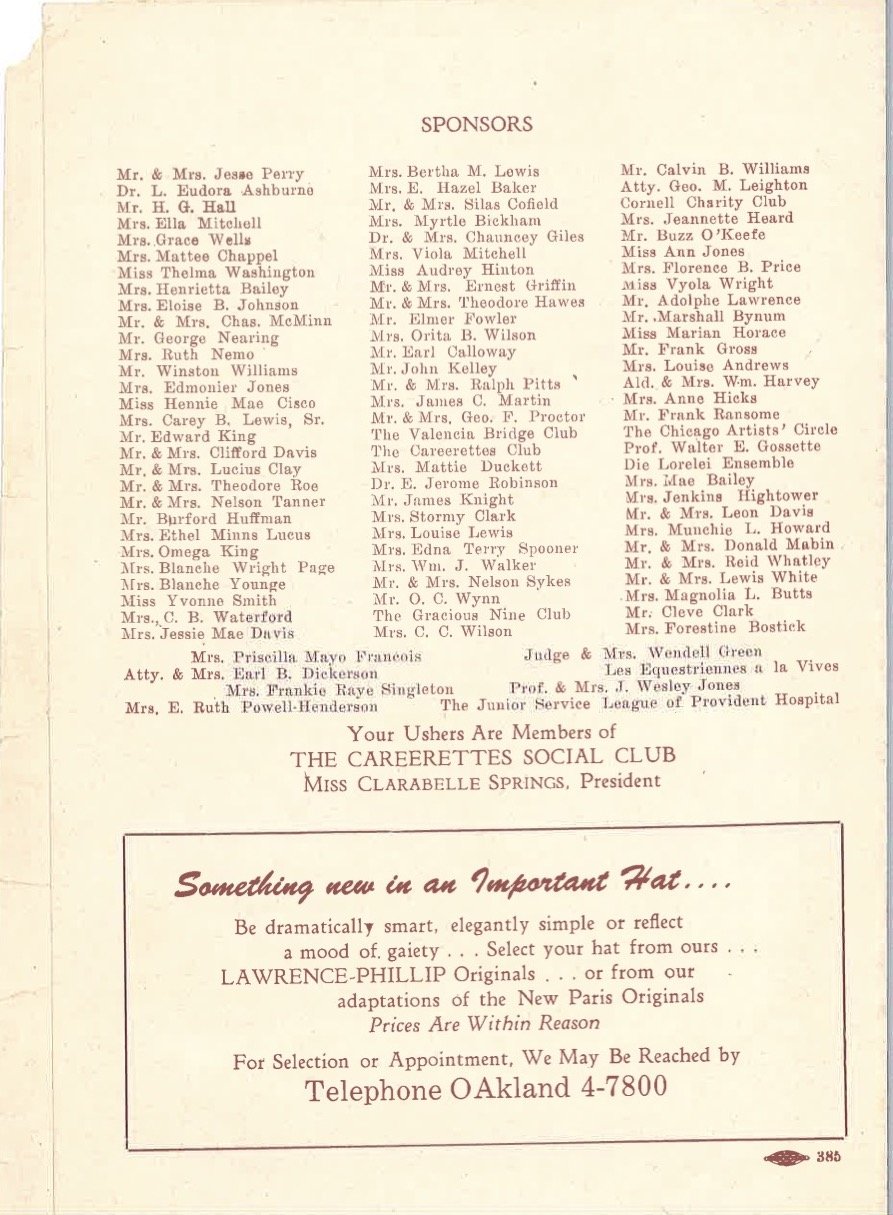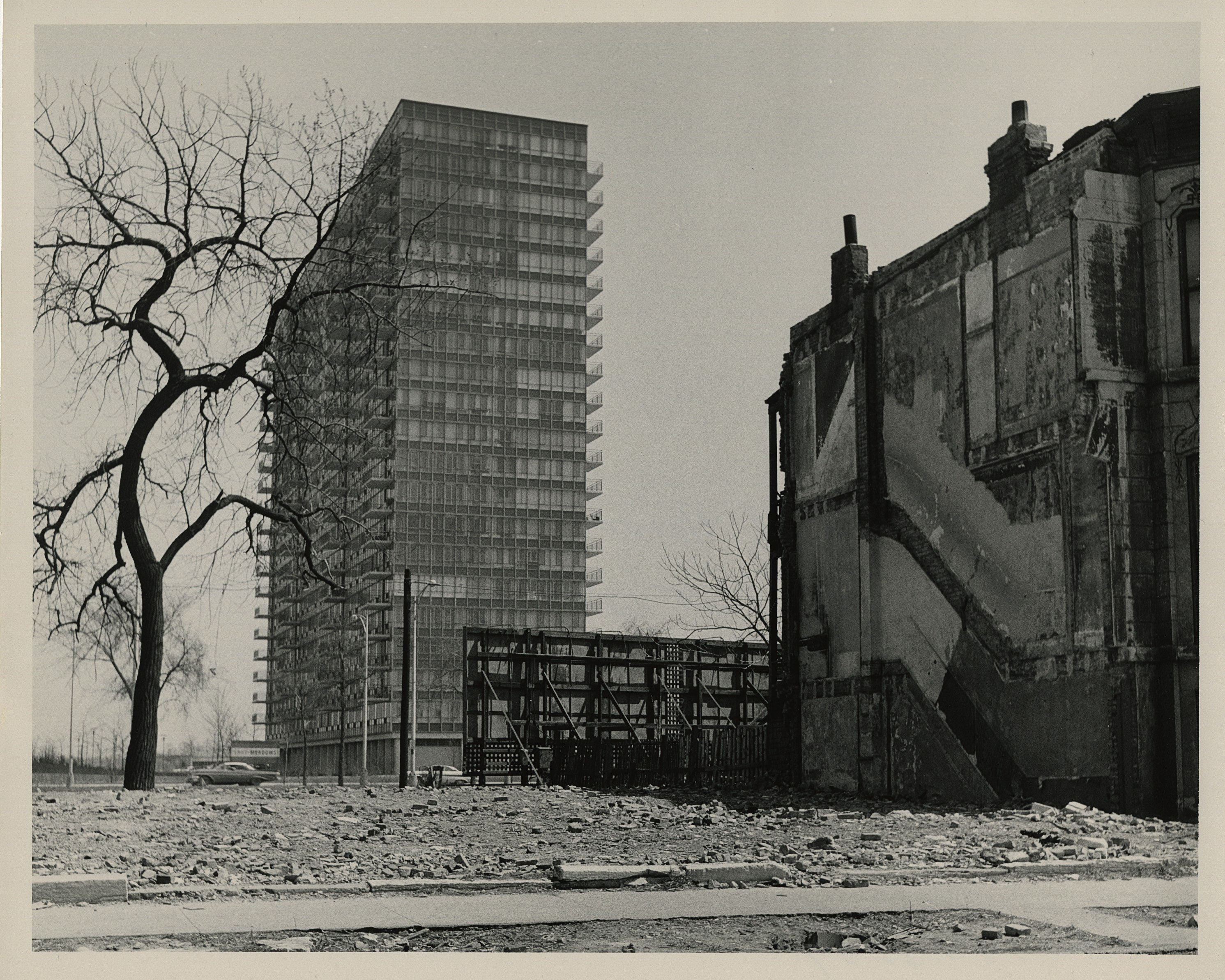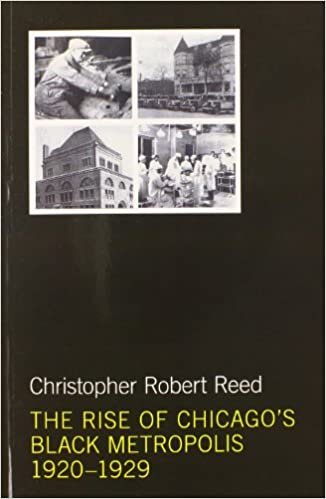Color Curtain Processing Project
The BMRC’s Survey Initiative revealed just how many important Black historical collections remained hidden because they were unprocessed and unavailable to researchers, or under-processed and less usable for researchers given the unknown scope of contents within those collections. Significant backlogs in processing collections were often due to a lack of adequate staffing, staff time to process collections, a lack of financial resources needed to house and care for materials and in some cases a lack of familiarity with the subject or creator of a collection and the collection’s research value. In June 2011, the BMRC received a Council of Library Resources (CLIR) Cataloging Hidden Special Collections and Archives Grant. Originally a two-year grant, CLIR extended the BMRC’s grant for an additional six months through December 2013.
The BMRC’s grant project – the Color Curtain Processing Project (CCPP), expanded on the Survey Initiative and its goals of increasing access to Black historical collections. The main objective of the project was to process about 100 to 150 collections and produce finding aids, or guides to those collections. The project would train and employ graduate students enrolled in Master of Library and Information Science programs to process collections at survey institutions. The CCPP also employed undergraduate student interns as a way of exposing them to the archival profession. Ultimately the CCPP processed about 130 collections with significant research value in African American Studies. Materials from a small sampling of those collections are featured in this exhibit.
Courtesy of Shorefront Legacy Center. Photo credit: Lauren Reese.
Outside of medical emergencies, most Evanston and Chicago hospitals did not admit Black patients or the Black doctors who treated them. Dr. Isabella G. Butler, one of the first Black women doctors in Illinois and her husband, Dr. Arthur Butler founded Evanston Sanitarium in 1914 in the upstairs level of their home to provide medical services to Blacks in Evanston and on the North Shore. Dr. Isabella Butler was one of the first Black women doctors in the state of Illinois. After Dr. Arthur Butler’s death in 1924, Evanston Sanitarium became the Butler Memorial Sanitarium. Community support and philanthropy helped Dr. Isabella Butler expand the sanitarium into a hospital, originally chartered as the Booker T. Washington Hospital Association but renamed Community Hospital of Evanston. The hospital relocated to a large home known as “Penn House” at 2026 Brown Ave. In 1952 the hospital moved to its final location at Grey and Foster streets and the Penn House location became a nursing home. Community Hospital of Evanston closed permanently in 1980. During the demolition of the Penn House location in 1992, a future board member of Shorefront Legacy Center rescued this emergency sign.
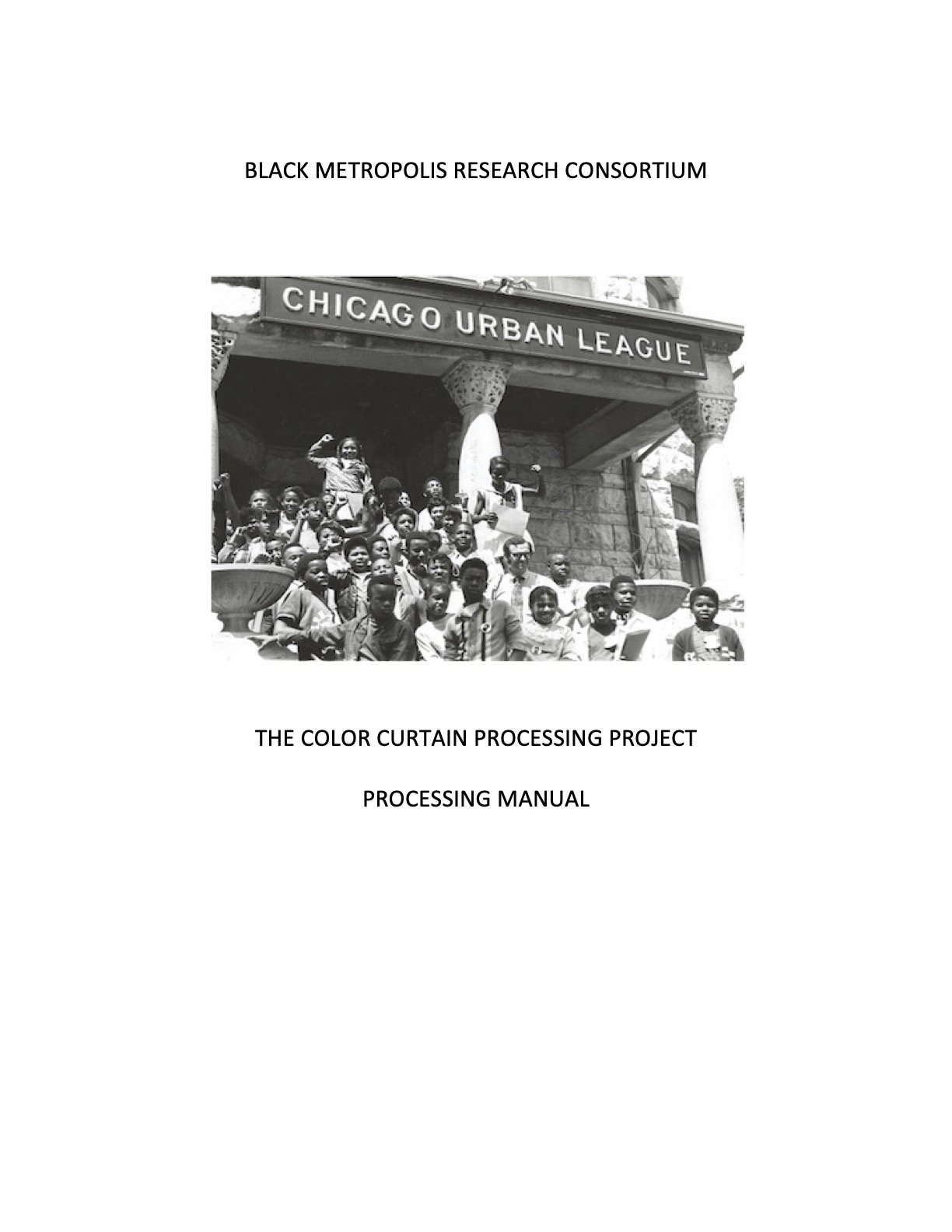
Courtesy of the Black Metropolis Research Consortium
As part of their training, student interns learned key archival terms, conventions and best practices to aid in processing collections. The training included hands on experience processing collections and practice using tools for describing archival collections. CCPP student interns received this manual, a processing packet and a processing plan to guide their work on site at archival repositories. Student interns worked twenty hours per week under the guidance of CCPP Project Director Lisa Calahan and on-site archivists.
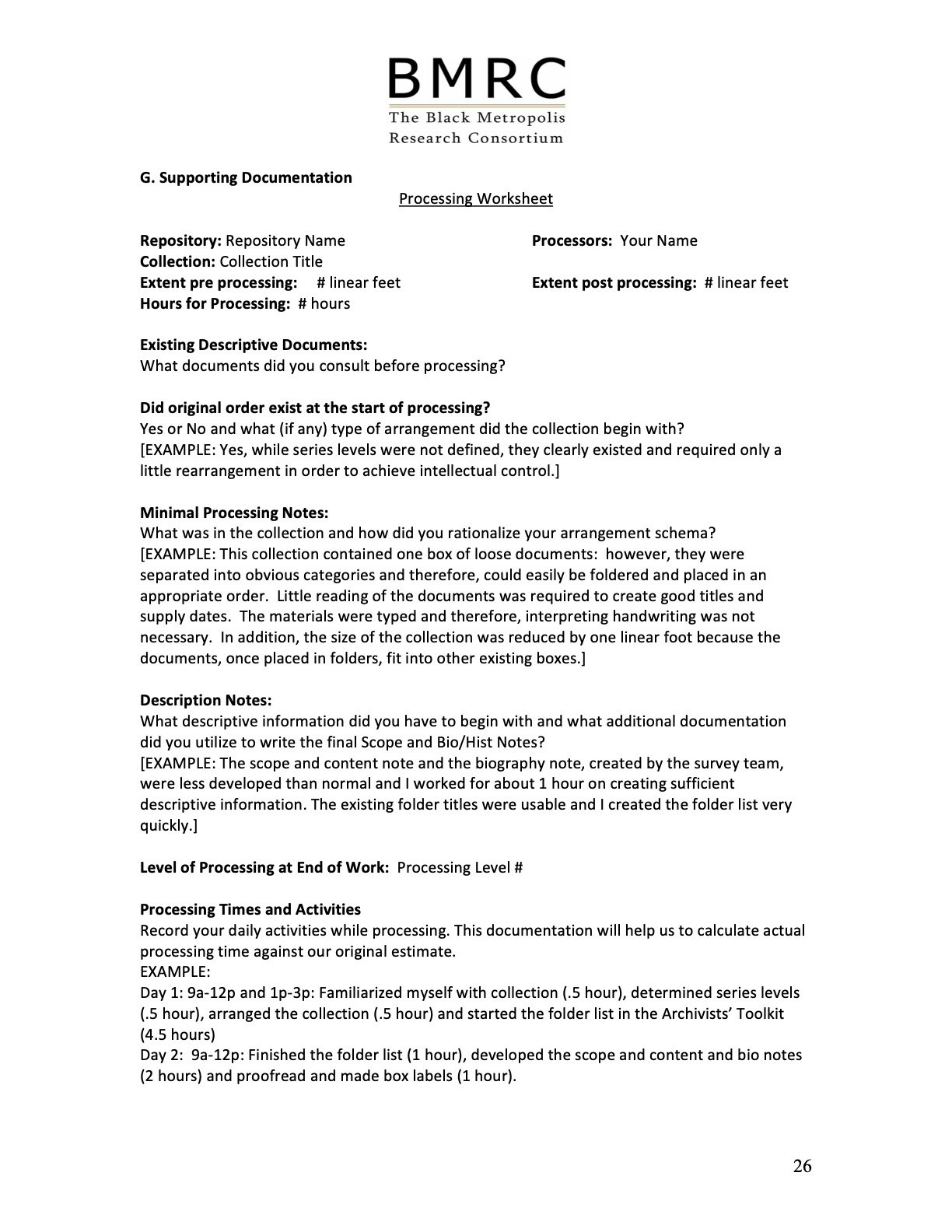
Courtesy of the Black Metropolis Research Consortium
The CCPP utilized More Product, Less Process (MPLP), a theory and practice for processing archival collections theorized by Dennis Meissner and Mark Greene. Under MPLP archivists perform minimal processing of a collection in order to decrease the time it takes to make it available to researchers and reduce processing backlogs. For each collection, student interns completed a processing worksheet which detailed how they processed the collection and what information they used to produce the finding aid, or description of the collection. Student interns wrote blog posts about the collections they processed and organized a Wikislam to edit or create entries on the Black historical figures, events and places represented in CCPP collections.
Courtesy of the Black Metropolis Research Consortium
ShoreBank Corporation was founded in Chicago in 1972. The following year the corporation launched, ShoreBank, a community development bank that provided loans and banking services in predominantly African American and minority communities. It was the first bank holding company to combine commercial banking, real estate development, nonprofit loan funds, and international advisory services aimed at community development. ShoreBank expanded its operations nationally and internationally but suffered during the Great Recession and the bank closed in 2010.
Courtesy of the Black Metropolis Research Consortium. Photo credit: Lauren Reese.
The BMRC received this award because of its contributions to archival theory and practice, fostering of collaborative relationships between member institutions, and ingenuity in its service to the community displayed through the Color Curtain Processing Project and other initiatives. The CCPP and the processing manual remain valuable tools for community-based organizations creating and caring for their own collections.
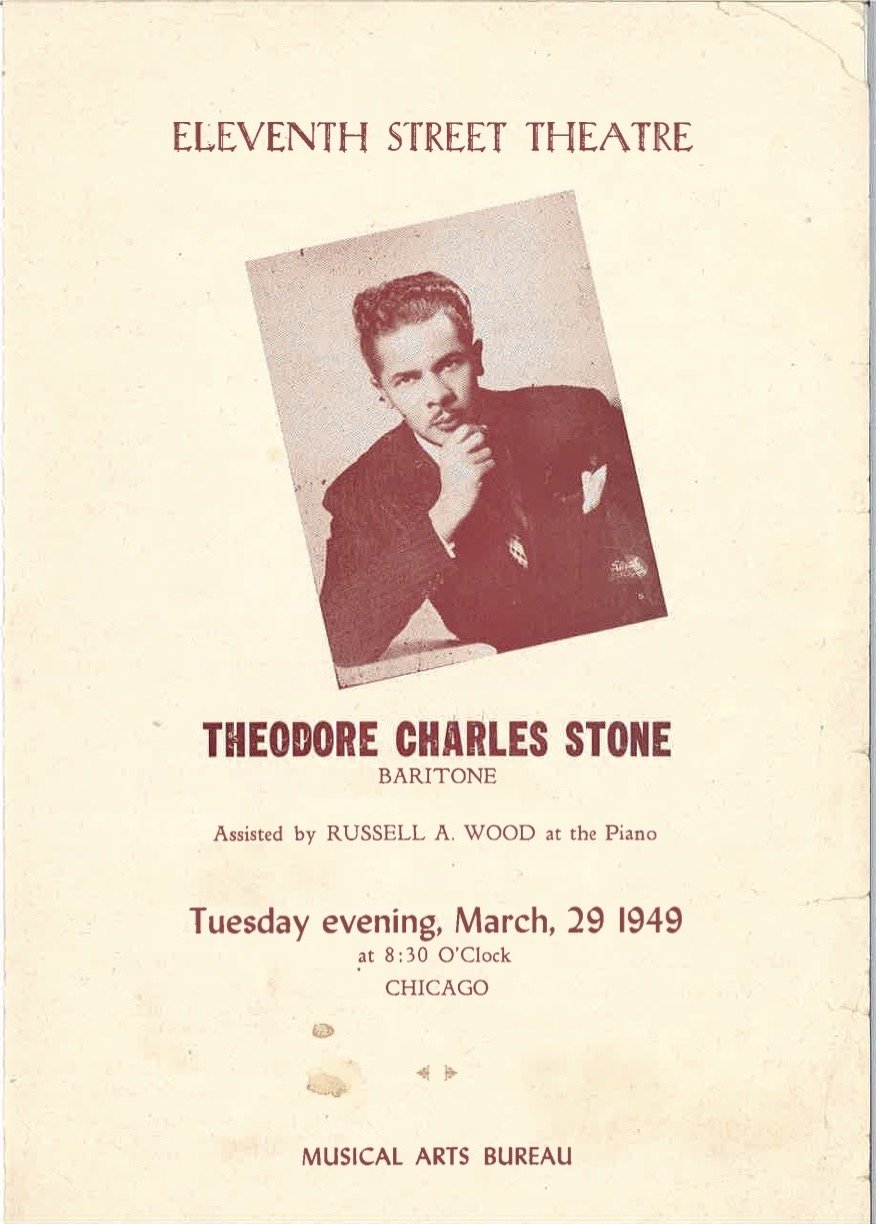
Courtesy of Center for Black Music Research Collection, Columbia College Chicago
Internationally known baritone and music journalist, Theodore Charles Stone (1912-1998) served for many years as president of the Chicago Music Association (CMA) and National Association of Negro Musicians (NANM). Both organizations were founded in Chicago and addressed growing concerns about access to performance venues for classically trained black musicians among other issues. In this performance, Stone performed a mix of classical songs and African American spirituals. Collections of Stone’s papers, including hundreds of music programs, are housed at Columbia College Chicago and in the Harsh Research Collection of the Chicago Public Library.
Courtesy of Chicago Public Library, Special Collections. Photograph by Mildred Mead.
In 1946, the City of Chicago embarked on one of its largest and most expensive urban renewal projects, the creation of Lake Meadows in the Douglas neighborhood on the city’s South Side. Urban renewal gained traction after World War II as a solution to urban crowding and “slums” whereby older and often substandard buildings were demolished to make way for newer buildings and new residents. Critics of urban renewal charged that it removed poor and minority residents from their homes on valuable real estate and displaced them into public housing sites in segregated areas. The Chicago Department of Urban Renewal Records document the city’s urban planning and renewal efforts from the1940s through the 1970s. This image, taken by photographer Margaret Mead who worked for the department, captures the stark divide of urban renewal. A Lake Meadows high-rise looms large while an older apartment building soon to be demolished is partially pictured in the foreground.
Courtesy of the Black Metropolis Research Consortium
Christopher Reed
Black Chicago: The Emergence of a Black Metropolis, 1920-1929
Draft manuscript
Dr. Christopher Reed is a historian and distinguished scholar of Black Chicago history. He is the author of several books including: The Depression Comes to the South Side: Protest and Politics in the Black Metropolis, 1930-1933 (Indiana University Press, 2011) and The rise of Chicago's Black metropolis, 1920-1929 (University of Illinois Press, 2011). Dr. Reed taught for many years at the University of Illinois and Roosevelt University, the latter serving as the institutional repository for his collection of personal papers. Dr. Reed also founded the Black Chicago History Forum, a public forum dedicated to increasing awareness of the history and contributions of Black Chicagoans to the city.
